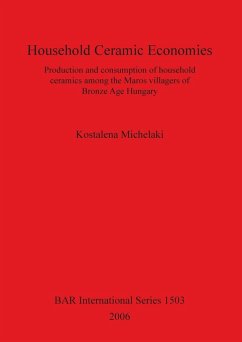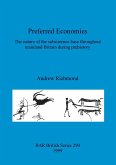This work examines the interrelationship between technology and society, using as its cultural-historical focus the Early and Middle Bronze Age periods among the Maros group villages of south-eastern Hungary. To claim that technology is social is not new, but to document how it is social has been difficult and this research aims to provide such documentation, using a ceramic archaeological example. As a result, the author's emphasis is on technological activities and the human actors that performed them. Practice theory, with its focus on conscious social actors, provides the major theoretical direction. Methodologically, to examine a wide range of ceramic technological activities, the author embraces the concept of the 'operational sequence', following ceramics from the procurement and preparation of raw materials, through their forming, finishing and firing, to their use. Through the potter's eye, the author tries to understand the choices made at each step of the production sequence and consider the ways in which they could have organized their labour. To obtain such diverse information, diverse sets of methods, borrowed from archaeology, geology and materials science are employed.
Hinweis: Dieser Artikel kann nur an eine deutsche Lieferadresse ausgeliefert werden.
Hinweis: Dieser Artikel kann nur an eine deutsche Lieferadresse ausgeliefert werden.








